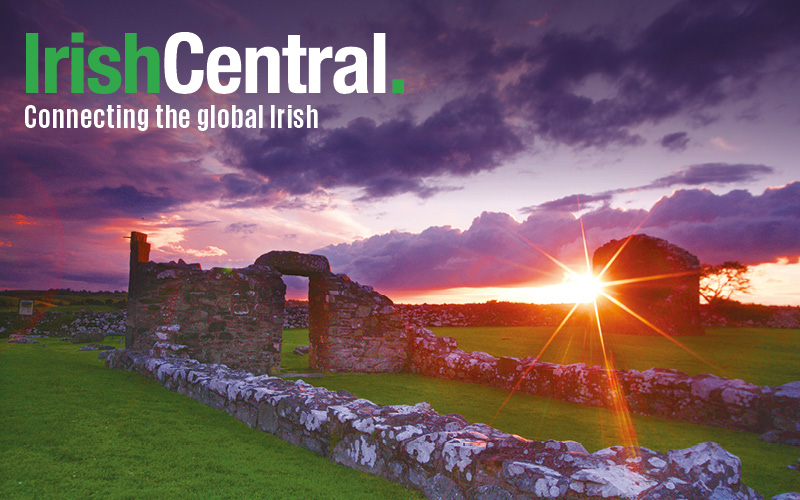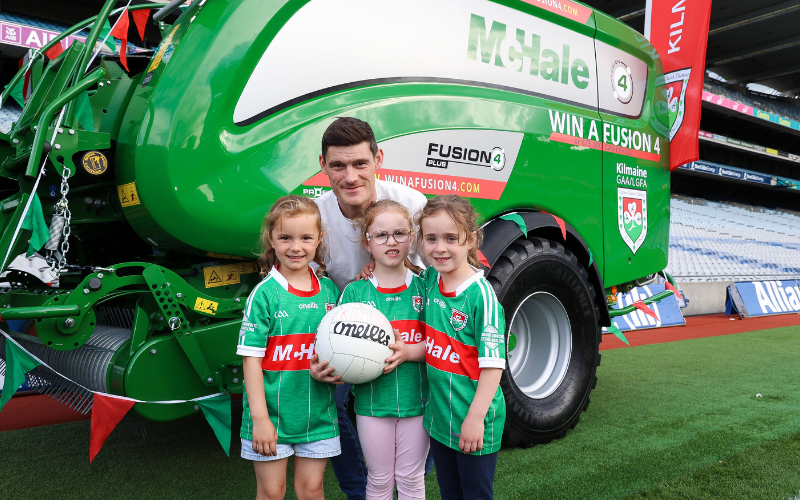HOPe, the Irish American Third World charity started several years back in the Kerry Hall in Yonkers, is on a mission in Peru to investigate a potential funding project. HOPe co-founder GERRY O’SHEA continues his series with a report from Lima about the conditions some of the natives must endure, and the kindness of Irish nuns who are making their plight easier to deal with.
OUR flight to Lima was long, close to eight and a half hours, and uneventful, except for the stewardess named Melissa. Relating to our accents, she said that she had no Irish connection in her family but she was a great admirer of Robert Emmet and felt that his famous speech from the dock before he was executed in 1803 was a masterpiece.
The following morning, we were greeted in the lobby of our hotel in Lima by a very fit-looking, middle-aged woman who introduced herself as Regina Toomey. She is a Presentation nun from Mitchelstown in Co. Cork, not Fermoy as I stated in my previous article. She accompanied us in a taxi ride that took about 50 minutes from our hotel to the area where she lives and where the development project that we are interested in is also located.
During the journey I thought about New York City Mayor Bill de Blasio and his signature campaign theme in the mayoral election of the two cities, rich and poor, in New York. We passed from a modern, lively and impressive municipal area to the shanty towns at the foothills of the Andes which are sprinkled with small huts where masses of people somehow make their way after what are called “invasions” from other parts of the country.
The further west we travelled the worse the conditions were, and later we realized that the further up one travels on the mountain, the harder it is on the families who have settled there.
Our first stop was in the convent, the sisters’ residence where we met the other half of the Presentation community in Lima, Sister Peggy O’Rourke from the village of Lissycasey in Co. Clare. Their house is small but adequate for their needs, a very long way from the spacious convents where they lived in Ireland before volunteering for the Peru mission.
Peggy, who in the best Irish tradition immediately made us a cup of tea, looks about 60 but, in fact, she has just turned 78. She taught for 20 years in the Presentation school in Carlow and for shorter periods in Portarlington and Clane in Co. Kildare. She mentions, in passing, that her Irish teacher’s pension supports many struggling families in the community where she lives.
Regina tells us that the committee that is responsible for the project, which she calls the “team,” is waiting to meet with us as well as the architect, Maruja, and the supervising engineer, Elias.
We are scheduled to see four houses where the work of building a supporting structure has begun. The first one is the most advanced, being almost ready for pouring the concrete.
Vincent Collins, part of our HOPe delegation, and Elias are in the middle of the trench in the first house where the work is in progress.
With Regina acting as translator, Elias is explaining to Vincent in great detail what their plan is. The foundation is first dug to the bedrock or as close as they can go to it. They then install rebars horizontally and vertically. After that, they pour the retaining wall and foundation in one day.
When the concrete sets they backfill and install a concrete floor, leaving the rebars protruding to allow for future construction.
Our car is barely able to climb the dirt road to where the work on the second house is in its early stages. The foreman, Manuel, welcomes us and introduces us to his workers.
The lady who owns the house where the work is being done, Yesenia, has taken the day off work to meet us. She comes along with her 12-year old triplets, Evelyn, Stefany and Steven, all well coiffed for the occasion and smiling broadly when we shake hands.
I am using the word house to describe these buildings on the hillside, but it is a stretch to talk about them in that way. For instance, looking up at the home where Yesenia and the triplets live, I estimate that the house is 18’ by 12,’ but Vincent says that I am away off because the real dimensions are a mere 12’ by 10.’ One of the team leaders, Maribel, who knows the family well, tells us that there is no bathroom in the house.
Mention of bathrooms reminds me that the Irish Presentation Sisters have committed to providing bathrooms for 400 of the very poorest families, 304 of which have already been installed. Regina tells us later that Yesenia’s house is on the short list for toilet facilities. The order also built a fine community center nearby after they sold their property in Terenure in Dublin during the boom years in Ireland.
The initial work is really back-breaking, drilling and removing rocks and boulders. I ask if they can use gelignite to expedite the work, but I am reminded that such explosions could result in serious problems for the fragile houses nearby.
Instead, they explain that they string rubber tires around some of the rocks, set them afire and the intense heat from the burning rubber can cause cracks in the rock, especially when the fire is doused with water, preferably from the sea.
Before leaving Manuel and his team, one of the workers unwrapped a guitar and began strumming. He was joined by the engineer, Elias, who pulled a tin flute of his own making from his satchel, and together they played a beautiful tune called “El Condor Pasa,” which they said Simon and Garfunkel shamelessly stole from Peru without any acknowledgment of its ancient origin.
They invited us to sing, but we have no talent in that area. I thought that we should have invited the singer Donie Carroll to come with us. He is a strong supporter of HOPe, and singing there with workers on the hillside would really fit in with the Cork man’s exuberant and magnanimous personality.
We visited two more homes where work is scheduled to start shortly. It is all walking now, no roads of any kind.
I skip the third house because of the steep climb. Going up is tough enough, but we are warned that there is a real danger that neophytes like us could easily slip on the way down, with dire consequences for those of us on Social Security.
We were doubly careful making our way back to the bottom of the hill, and, in fact, the only one who fell was the architect, Maruja, who was well acquainted with the terrain.
Maruja and Elias explain to Vincent that each foundation is somewhat different because of variations in the rock formation as one goes up the hill. Detailed technical conversations are taking place, with the Cork woman translating.
Vincent tells me that he is immensely impressed by what he is hearing. They are certainly passing the Castlehaven test!
Back in the Presentation Convent, we have tea and apple pie — a la Lissycasey — before asking about the plans to fund such a major project. Regina explains that the large Irish Catholic charity called Miseancara has pledged to fund 55 percent of the cost. The remainder they hope will come from other sources, including HOPe.
She points out that the families who benefit sign a contract that they will pay back at least some of the money over a long period of time. Each family and each situation is assessed differently by Sister Regina and her team, and nobody is ruled out from the program because of lack of means.
The following morning Sister Regina has arranged for a formal meeting with her team so that we can each ask questions of the other. There are eight team members present, seven women and one man, Mario. They repeatedly express gratitude to us for coming such a long way to visit with them and to hear their stories.
Vincent Collins tells them of his experience after he came to New York as an emigrant in 1984. It was tough going for the first year.
All of the Peruvians came from other very poor parts of the country. Lima, for all of them, offers real possibilities for themselves and their families.
They are optimistic about the future. Their children have a far better chance in the capital than they themselves ever had.
They relate to New York because they all know people who live there. Ireland is different. They talk of it as if it is on the other side of the moon, but with the experiences they have had, especially with the sisters, Isobel from the leadership team says that it must be a grand place.
(Next installment: HOPE’s decision on whether to support the project.)




Comments